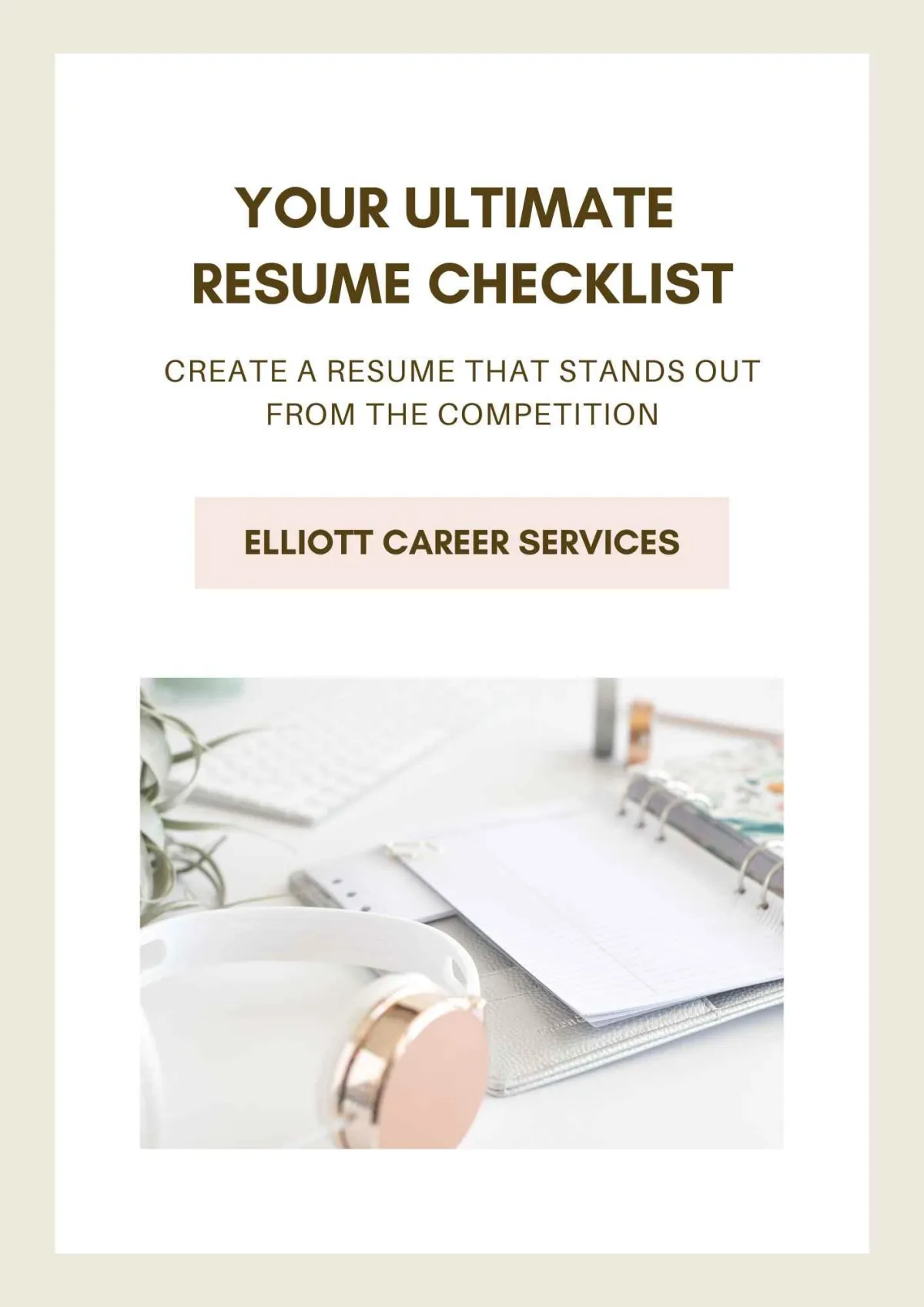Offering help & hope
for job seekers
Job searches can be exhausting!
Are you tired of sending countless resumes and never hearing back? Do you feel overwhelmed by the competitive job market, unsure of how to stand out from the crowd? It's time to take control of your professional destiny and land your dream job!
What if you had someone to empower you with the knowledge, skills, and confidence you need to excel in your job search? From crafting the perfect resume, cover letter or LinkedIn bio, to acing interviews, I'll walk with you every step of the way.

Meet your career coach
I have coached hundreds of job seekers to identify their true passions, develop strong résumés, implement effective job-search strategies, and tackle job interviews with confidence.
My journey into career coaching began a life-changing adventure of my own. After years of increasing responsibilities at my “dream job,” I arrived at work one day to discover that some positions in my department had been eliminated — including mine!
This kicked off a journey of exploration for me that included rediscovering my passions, identifying my core values, and determining what my future career path could look like. Now, I enjoy helping others in transition do the same.

Featured Resource
Your Ultimate Resume Checklist
If you aren't hearing back from employers, or you aren't getting job interviews -- your resume isn't as strong as it needs to be. This checklist will provide step-by-step guidance for each section of your resume.
Latest Blogs
Job-search strategies to propel your career forward.

What Should I Include In My Cover Letter?
Photo by Michael Burrows | Pexels.com
As a career coach, I often get asked how to write a cover letter. Cover letters don’t have to be long (3-4 paragraphs max is usually sufficient), but they should be written in a way that helps you stand out from the competition. It is okay to show a little of your personality in your cover letter.
What Is The Best Cover Letter Format?
Your cover letter should follow the format of a standard business letter unless you are crafting an email cover letter, or applying online, as these may differ slightly. Typically, the header of a cover letter includes the date as well as the name, title, and address of the person you are writing. This information is followed by a greeting.
Month, day, year
Mr. Bob Brown
Human Resources Director
A Great Company
1234 Main Street
Dallas, Texas, 24000
Dear Mr. Brown:
Try to find the name and title of the hiring supervisor. You want to ensure the letter gets to the correct person. Do this even if you are uploading your letter to an online application. It shows you have done your research. If you cannot find the name of the hiring manager, address your cover letter to the Human Resources Director. Never use the greeting “To whom it may concern.”
What Should A Cover Letter Include?
Begin your cover letter by letting the employer know which position interests you and how you found out about the job. Express enthusiasm for the role. This paragraph is usually 2-3 sentences.
I was excited to see the position of Social Media Specialist advertised on your website. I’m a social media addict who loves building a community around a common goal. I’d love to learn more about the position and see if my skills may be a good fit.
Your second and third paragraphs should explain why you are a good fit for the position. You can highlight your current or past experience in a similar role and mention any big accomplishments from your career. Don’t merely repeat your resume here, explain what you enjoy about this type of work or how you have brought success to a company or project.
You won’t have room to provide a ton of details, but you want to highlight the parts of your experience that will be most attractive to someone looking to fill this role. Your cover letter should tease some of your best skills and work results to make the employer want to know more. Remember, the goal of both your cover letter and resume is to get you selected for an interview.
I currently manage the social media accounts for three B2B clients and one nonprofit. Each month, I help clients decide what areas of their business they want to feature and create an editorial calendar. I create and schedule posts, reels, events and visual content.
One of my favorite aspects of social media management is fostering engagement and providing a high degree of customer service. I spend a large portion of each day replying to comments and tracking down answers to questions submitted by audience members. Across the accounts that I manage I’ve seen a 20 percent increase in engagement, and social media now accounts for the majority of traffic being sent to my clients’ websites.
Close your cover letter by expressing gratitude at being considered for the role, and express interest in an interview to learn more about the position and see how your skills may be a good fit. Be sure to include all of your contact information so the employer can easily reach you.
While my current role includes managing the social presence for several different clients, the opportunity to focus on a single brand and apply all I’ve learned in this industry so far is very exciting. I would love the opportunity to discuss how my skills may be a good fit for your organization. I can be reached by phone at 555.555.5555, or by email at firstname.lastname@gmail.com.
Sincerely,
Mary Jo Edwards
Cover Letter Do’s and Don’ts
Do:
Do address the letter to the hiring manager when possible.
Do follow all instructions in the job posting. If the posting says to email your letter, do so. Most likely though, you will need to complete an online application and your cover letter will be a part of it. If there is an option to upload your cover letter as a file, be sure to note which file formats the employer accepts (usually Word docs or a PDF). Be sure to submit it in the format they request.
Do proofread! It is even better if you ask someone else to proofread it for you. You do not want to send out a cover letter that has typos in it.
Don’t:
Don’t ignore the job posting. You want your skills and experience to match what the employer asks for in the job posting as closely as possible.
Don’t approach cover letters as if one size fits all. You need to customize each cover letter to the specific company and position. Though all of your cover letters will have a similar format and structure, you want to craft each one specifically for each role.
Don’t write more than one page. In fact, some of the best cover letters are much less than a full page, but never go beyond one page. You want to be brief but compelling and entice the employer to invite you to an interview.
Should I Use A Cover Letter Template?
A quick online search will provide a ton of cover letter templates that you could use in your job search. So are good; some are not.
As mentioned previously, you want to tailor each cover letter to the specific job you are seeking, so using a template will be a challenge. Cover letter templates are often too vague to help you really stand out from the competition.
However, there is one reason you may want to take a look at some cover letter templates. If you are stuck on what areas to highlight (though this should mostly be guided by the job posting). You can get ideas by searching for examples of industry-specific cover letters. Sometimes you just need something to get the creative juices flowing, and reading through a few examples could help you overcome writer’s block.
But use these for inspiration only. You still want to be sure your cover letter is uniquely you!
The Bottom Line:
A well crafted cover letter is crucial for setting you apart from other job applicants. Take time to carefully customize each one you write. The more your practice, the stronger your cover letters will become!
Client Testimonials
Some love words from clients

Lorem ipsum dolor sit amet, consectetur adipiscing elit. Fusce elementummi vitae risus luctus rhoncus. Morbi porttitor diam tincidunt leo vestibulum, tempus suscipit orci hendrerit. Morbi id tincidunt dui.
- Jane Doe

